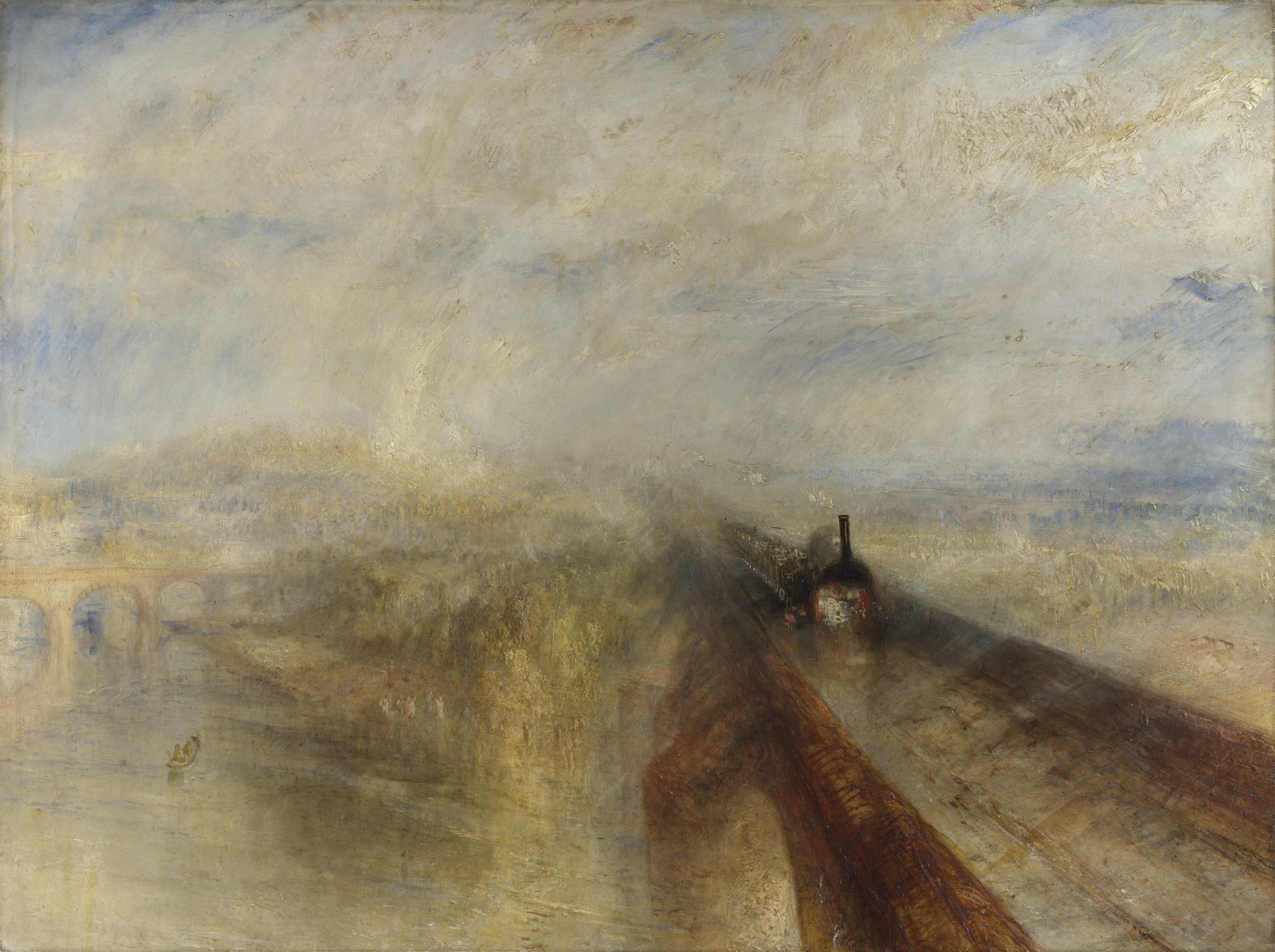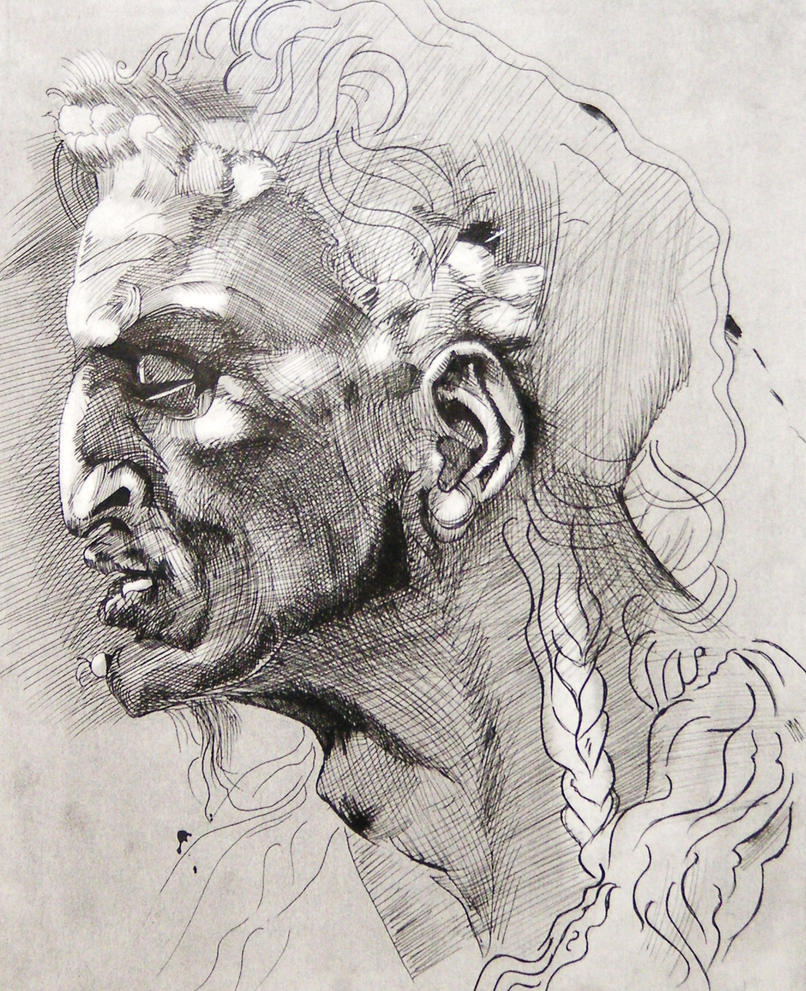
Titan's "Assumption and Consecration of the Virgin" demonstrates the poser of:
lines of sight.

"The Starry Night," by Vincent van Gogh, indicates the power of the artist's
expressive line.

How is Sol LeWitt's line best described in his work, "Wall Drawing No. 681 C"?
analytic
The organization of visual elements in an artwork is called
a composition.
When a style of line becomes associated as an artist's work, we say it is
autographic.

In Giacometti's "Man Pointing," our eye is directed down his right arm and past his pointed finger to some imagined point of interest beyond. This is an example of which formal element?
implied line

Leonardo da Vinci's "The Last Supper" is based on what specific type of perspective?
one-point linear perspective

Gustave Caillebotte's "Place de l'Europe on a Rainy Day" is based on what specific type of perspective?
two-point linear perspective

Where is the negative space in the Rubin vase?
in both, depending on how you look at it

As is common in Japanese art, the Kumano mandala creates the illusion of space by utilizing:
oblique projection.

In "The Dead Christ," Andrea Mantegna utilizes what technique in order to adjust the distortion created by the point of view?
foreshortening
When and where was linear perspective first codified (studied, organized, and written down)?
during the Renaissance in Italy

J.M.W. Turner uses two types of perspective in "Rain, Steam, and Speed——The Great Western Railway." What are they?
atmospheric and one-point

The artist Artemisia Gentileschi heightens the drama of "Judith and Maidservant with the Head of Holofernes" by using a technique that comes from an Italian word meaning "murky." This technique is called
tenebrism.
With atmospheric perspective, objects further from the viewer appear
cooler and less distinct

Michelangelo's "Head of a Satyr" shows us the use of
cross-hatching.
A color's brightness or dullness is called its
intensity or saturation.
On the color wheel, blues and greens are usually thought of as
cool colors.
Artists sometimes choose to paint objects using colors that are not "true" to their optical or local colors. This is an example of the expressive use of
arbitrary color.
Which of these elements does not help to create space in art?
palette
What is yellow's complementary color?
violet
In linear perspective systems, where is the vanishing point located?
On the horizon line where parallel lines appear to converge.
Name the three primary colors of light.
Red, green, and blue.